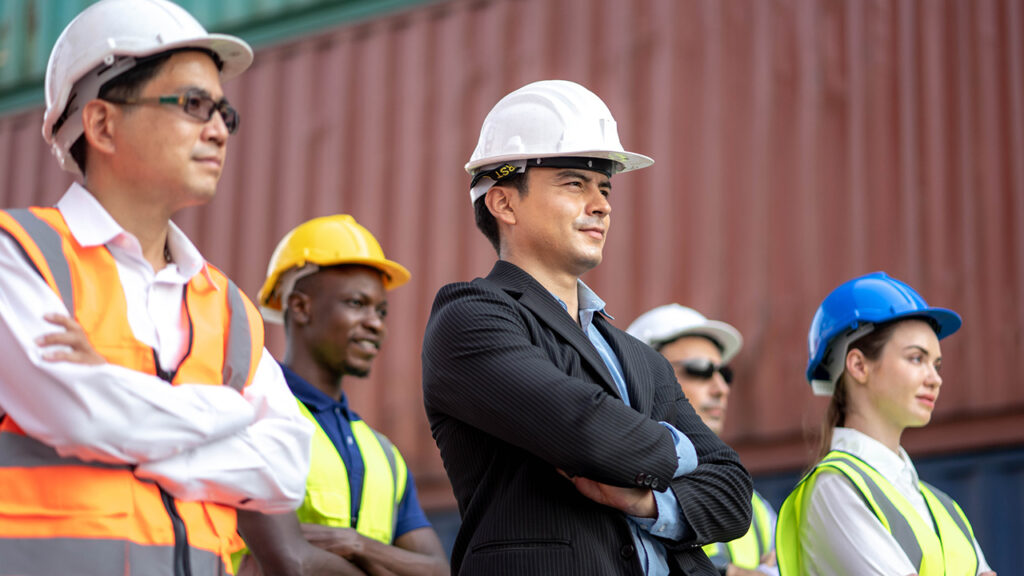Immigrants have always made up a large percentage of the U.S. construction industry, and that’s no less true today. As of 2016, they accounted for nearly 25% of the overall construction workforce and 30% of the trades. In states such as California and Texas, the number of non-native workers rises to over 40%.
While their backgrounds and country of origin vary, limited English proficiency (LEP) is one thing many of them have in common. And that’s where construction interpreters come in.
Immigrants in the Construction Industry
Before we delve into how construction interpreters can improve workplace efficiency and safety, let’s get to know the workforce a little better.
Immigrants work at all levels in the construction industry—from unskilled laborers to master tradespersons. However, the concentration of immigrants is especially high in trades that are needed to build homes. The trades with the greatest percentage of immigrants include:
- Plasters and stucco masons (54%)
- Drywall installers, ceiling installers, and tapers (49%)
- Painters and paperhangers (48%)
- Carpet, floor, and tile installers and finishers (46%)
The large number of immigrants in these trades is due, in part, to native-born workers leaving the industry after the economic recovery in 2016. Yet despite the need for immigrant labor, language barriers pose a significant problem for construction companies.
The Role of Construction Interpreters
Although it may seem more cost-efficient to rely on bilingual workers to communicate with their LEP colleagues, there are several reasons why construction companies shouldn’t.
First and foremost, construction interpreters have been trained in interpreting best practices and industry terms. Bilingual workers don’t have a background in interpreting and may not know all the terminology they need in both languages. That means they may misinterpret instructions or safety requirements.
Additionally, bilingual workers may leave out information, believing that it isn’t important to translate. This can lead to costly errors that set projects back and even result in dangerous workplace accidents. A construction interpreter, on the other hand, will accurately convey instructions without editorializing them.
Last, but not least, construction interpreters can assist when a workplace accident occurs. Regardless of how well workers follow safety instructions, accidents happen. When they do, workers need to be able to communicate exactly what happened for liability purposes. OSHA requirements cover all workers, and LEP speakers need to know their rights in a given scenario.
How Boostlingo Can Help
Given the importance of construction interpreters, you may be wondering how you can hire one. Fortunately, the Boostlingo interpreting platform makes it easy to connect with one on-demand either over the phone or via video remote. Plus, you’ll gain access to our Boostlingo Hub of interpreters who speak over 200 languages. All you need to get started is an internet connection and a computer or tablet with a webcam for video calls.
Think Boostlingo may be right for you? Start your free trial today!




